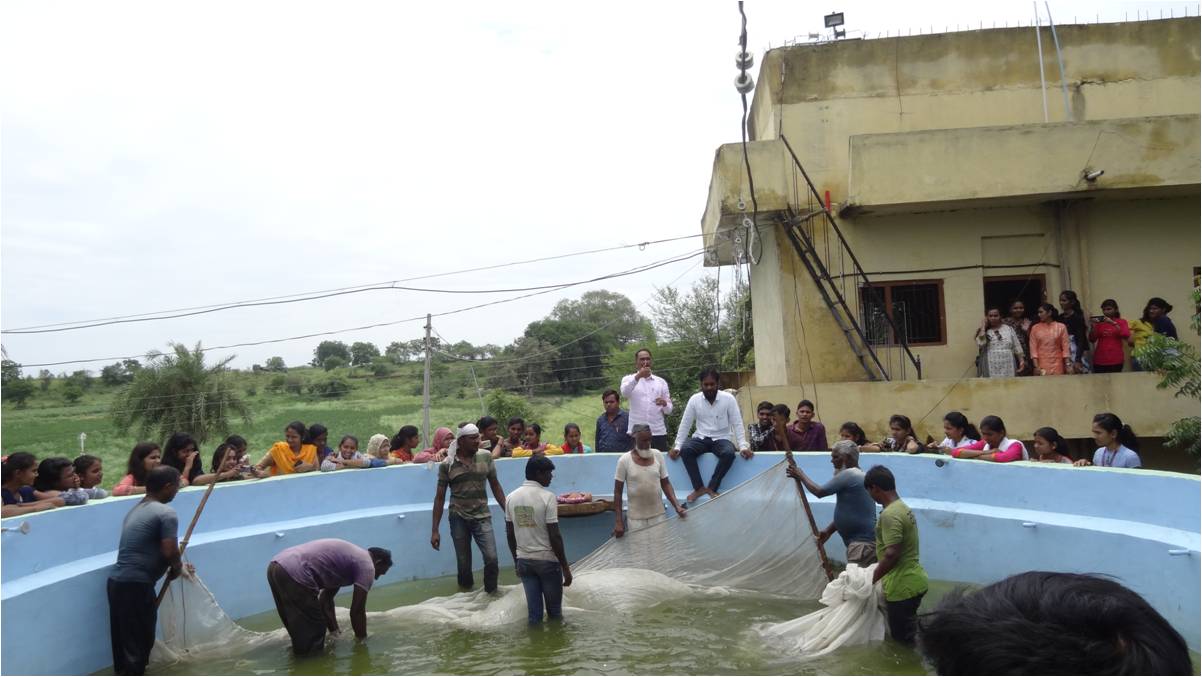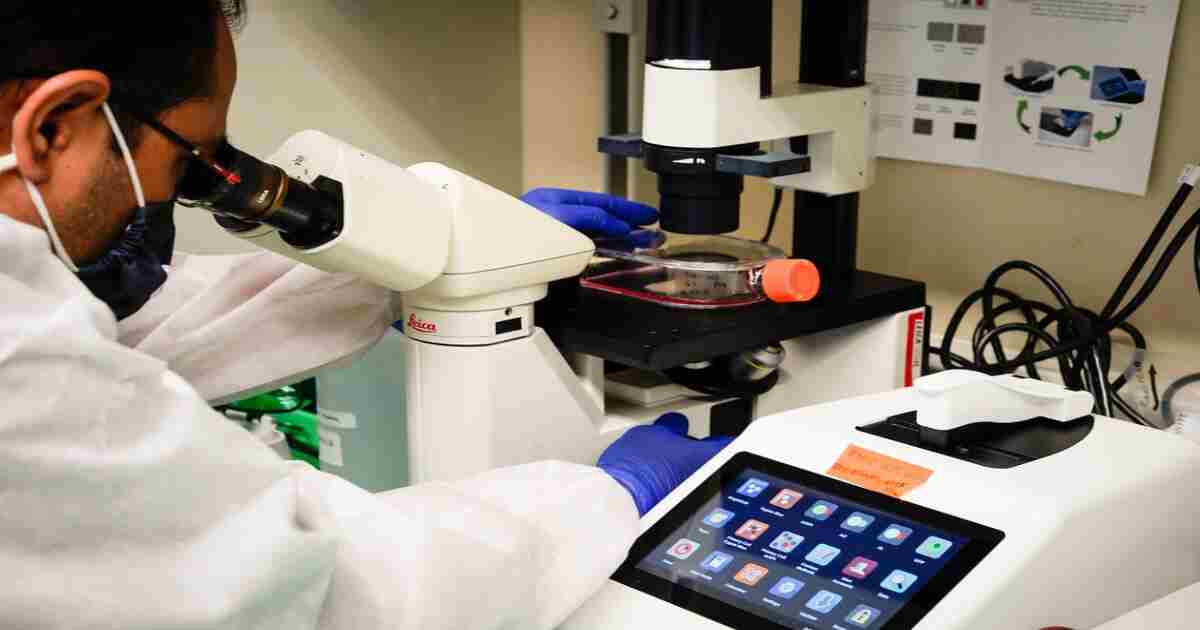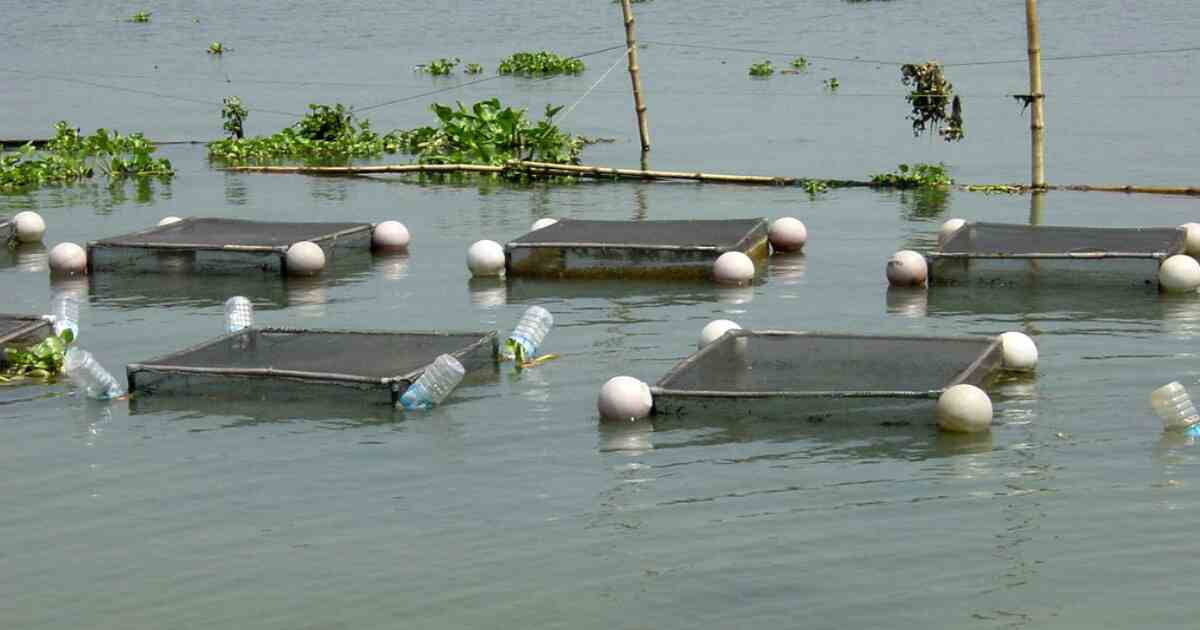Air Breathing Freshwater Fishes : Air breathing freshwater fishes are highly used as esteemed food in India. On the roof of the pharynx, Air breathing fishes have a pair of cavities which have folded linings, richly supplied with blood vessels for taking in air hence it known as air breathing fishes. with the help of these organs enable the fishes to survive out of water for a few hours or migrate from one pool to another. Air breathing freshwater fishes belong to the family Channidae (Channa sps.) and Mastacembelidae (Mastacembelus Sps.). The Channa Species commonly known as snakehead fish or Murrels, and it are the third most important group of freshwater fishes in India after carps and catfishes. In addition to their value as food, murrel fishes are important in biological control of mosquito larvae and aquatic insect populations in stagnant water pools, help to protection human beings. They are also well known game fishes as they are easily attracted by lures and caught by the fish by anglers, providing both entertainment for the public and income for those involved in organizing such sports.
Air Breathing Freshwater Fishes : Identification Characters and Importance
The details of Identification Characters and Importance are as follows- ‘
1. Channa gachua (Ham) 1822
| ||
B.5; D.32-37; P.15-16; V.6; A.21-23; C.12; L.I. 140-145; L.tr. 3-4|6-7.
Popular name : Brown snake head
Local names : Dheridhok, Dhok
Environment : benthopelagic, freshwater, brackish, pH range 6.0-7.0
Climate : Tropical
Dangerous : Harmless
Characters :
- Length of head ranges from 3.5 to 4.2 and the height of body from 6 in the total length.
- Body is elongated, sub-cylindrical anteriorly and compressed posteriorly.
- Mouth is large and protractile.
- Head resembles that of snakes having large shield-like scales above.
- Eyes are lateral in position.
- Head scales are broad and irregular.
- Pectoral fins are as long as the head behind the eye.
- Predorsals are 12 in number, lateral line curves downwards after 12th scale.
- Body is generally greenish lighter beneath.
- Dorsal, anal and caudal fins are salty gray with their margins orange.
- Pectorals have a deep blue base, transversely barred with orange and blue stripes.
Remarks : It grows upto 20 cm in length. It builds its nest in sheltered crevices in the bank.
Importance : Aquarium: commercial, Fisheries: Commercial
2. Channa marulius (Ham) 1822
 |
| Channa marulius |
B.5; D.45-55; P.18; V.6; A.28-36; C.14; L.I. 60-70; L.tr. 4½-6½|11-13.
Popular name : Giant snake-heed
Local names : Pu-muri
Environment : benthopelagic, freshwater, brackish,
Climate : Tropical 24-28oC
Dangerous : Harmless
Characters :
- Length of head ranges from 4 to 5 and the height of body from 7 to 7.5 in the total length.
- Body is elongated, sub-cylindrical anteriorly and compressed posteriorly.
- Mouth is large and protractile.
- Head resembles that of snakes having large shield-like scales above.
- Eyes are lateral in position.
- The Pectoral fin is more than half the length of the head but not reaching the origin of anal fin.
- Scales are of moderate size on the summit of the head.
- Pre-dorsal are 16 in number; the lateral line is straight upto the 17th scale.
- Body is grayish green, becoming lighter below.
- The young specimens are with a brilliant orange band passing from the tip of the snout, over the eyes to the tip of the caudal fin.
- In the forms nearing maturity, there are 4 to 5 round black blotches situated below the lateral line.
- There is a large black prominent ocellus with an orange boundary at the upper part of the base of the caudal fin.
Remarks : It attains as much as 183 cm in length. It is a favorite sporting species and highly esteemed as food.
Importance : Fisheries: commercial; aquaculture: commercial; game fish: yes; aquarium: commercial.
3. Channa punctatus (Bloch) 1793
 |
| Channa punctatus |
B.5; D.29-32; P.16-17; V.6; A.21-23; C.12; L.I. 35-40; L.tr. 4-5|6-9.
Popular name : Green snake head
Local names : Phool, Dhok
Environment : benthopelagic, freshwater,
Climate : Tropical
Dangerous : Harmless
Characters :
- Length of head ranges from 3.3 to 3.6 and the height of body from 5.5 to 7 in the total length.
- Body is elongated, sub-cylindrical anteriorly and compressed posteriorly.
- Mouth is large and protractile.
- Head resembles that of snakes having large shield-like scales above.
- Eyes are lateral in position.
- Lower jaw is a longer and 3-6 canine behind a row of villiform teeth.
- Pre-dorsal are 12 in number; the lateral line is practically straight.
- The scales are large and irregular on the summit of the head.
- Caudal fin is rounded.
- Body is generally greenish gray becoming yellow below, several bands pass from the dorsum of the body downwards to the middle of the sides fins are spotted.
Remarks : It attains about 30cm in length. This fish is a prolific breeder and its development is rapid.
Importance : Fisheries: commercial.
4. Channa striatus (Bloch) 1793.
 |
| Channa striatus |
B.5; D.37-45; P.16-18; V.6; A.23-26; C.13; L.I. 50-60; L.tr. 4½-8|7-10.
Popular name : Striped snake head
Local names : Maral, sohr, dakhu, mural, morrul.
Environment : benthopelagic, freshwater, brackish, pH range 7.0-8.0; dH range 20.0; depth range 10m.
Climate : Tropical 23-27oC; 35oN-18oS
Dangerous : potential pest
Characters :
- Length of head ranges from 3.8 to 4 and the height of body from 6 to 8 in the total length.
- Body is elongated, sub-cylindrical anteriorly and compressed posteriorly.
- Mouth is large and protractile.
- Head resembles that of snakes having large shield-like scales above.
- Eyes are lateral in position.
- Lower jaw is the longer; the maxilla reaches below the hind border of the eye.
- The pectoral does not quite reach to above the origin of the anal.
- Pre-dorsal scales are 18-20 in number, lateral line curves downwards below 12th dorsal ray.
- Body is grayish to black above, dirty white below.
- Bands of gray or black pass down from the sides to the abdomen fins are grayish
- Young passes a large black ocellus at the end of the base of the dorsal fin.
Remarks : It grows upto 100 cm in length. It prefers stagnant muddy waters and is carnivorous in habit.
Importance : Fisheries: highly commercial; aquaculture: commercial; aquarium: show aquarium.
5. Mastacembelus armatus (Lacepede) 1800
 |
| Mastacembelus armatus |
B.6; D.32-39|74-90; P.23-25; A.78-91(3/75-88).
Popular name : Spiny Eel
Local names : Bam, wam
Environment : demersal, freshwater, brackish, pH range 6.5 – 7.5; dH range 15.0.
Climate : Tropical 22-28oC; 38oN-1oN
Dangerous : Harmless
Characters :
- Length of head ranges from 5.5 to 7.5 and the height of body from 10.3 to 12 in the total length.
- Body is elongated and eel- like.
- The cleft of mouth is narrow; teeth are minute and present in the jaws.
- The snout is long trilobed and with a fleshy appendage.
- The dorsal spines commence over the middle of the pectoral fin.
- Origin of the soft part of the dorsal fin is behind the origin of anal.
- The anal has three spines; the caudal fin is united with the dorsal and anal.
- The caudal fin is rounded.
- Pectorals fins are small and the Ventral fins are absent.
- Scales are very minute and the head of body scales are similar.
- Body is brownish above and lighter below.
- In some forms a faint undulating band is present above the lateral line and rounded black spots along the base of the dorsal fin.
Remarks : It attains up to 90 cm in length. It is highly esteemed as food.
Importance : Fisheries: commercial; aquarium: commercial.







